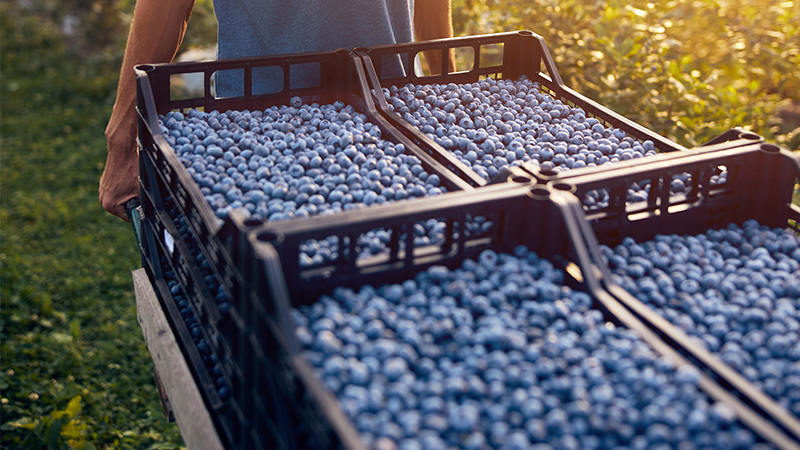Scientists ID Citrus Cultivars Cut Out For Battle Against Greening

University of Florida researchers have some encouraging results in the battle against HLB or citrus greening.
They have identified citrus cultivars, in this case 16 citrus rootstocks, most of which show a lower rate of infection and more tolerance to citrus greening – the dreaded disease that has wreaked havoc through Florida’s citrus industry since its arrival in the state in 2005.
For now, data on the rootstocks are limited, but the scientists will gauge their potential in test plots, and UF fast-tracked their release this summer for large-scale testing by an industry in dire need of solutions.
HLB has cost Florida’s economy an estimated $4.5 billion in lost revenues since 2006 and poses a huge threat to the state’s citrus industry. It also has spread to Californa, where it was detected in 2012.
Large-scale trials of the promising rootstocks could begin in March 2014, and it could be another three to five years before they are available to growers, said Jude Grosser, a horticulture professor with UF’s Citrus Research and Education Center in Lake Alfred.
Grosser and Lake Alfred colleagues Fred Gmitter, a horticulture professor, and Bill Castle, a horticulture professor emeritus, have led the effort to develop the rootstocks. “What’s happening is fields are becoming living laboratories now because the greening disease is spreading so quickly,” Grosser said. “Some people have estimated that 70% of the trees in the entire state are infected now, and it’s predicted to go up in the 90s(%) in a very short time.
“Everything’s being challenged by the disease, and we’re seeing differences in the rootstock material in the field,” he said. “We’re seeing very genetically diverse material interact with the diseases, and some things are reacting better than others.”
In some cases, the researchers have seen commercial rootstocks with 70% infection rates next to experimental varieties that are only 10 to 20% infected, but still producing fruit, after four years of exposure to the disease. Whether the trees grown on the less affected rootstocks will survive and remain productive is something the researchers will continue to monitor.
One of the reasons HLB has hit the citrus industry so hard is that growers depend on just a few varieties to produce their crop, because they’re most likely to withstand Florida weather and still make fruit consumers want to buy, Grosser said. “For the course of the last several 100 years, we’ve been eliminating the genetic diversity in the wild, so citrus has kind of gone to a monoculture where there are just a handful of varieties grown,” he said. “So you’ve limited your ability to adapt when there is a new pressure that comes along.”
Gmitter said he is cautiously optimistic about the rootstocks and that they need to be validated on a large scale.
“They may be part of an integrated solution to citrus greening that includes managing psyllids, the insect that spreads greening, and improved nutritional programs to keep citrus trees healthy,” he said. “All of those things together might contribute to an effective way of managing this disease and remaining profitable and keeping this industry alive.”









